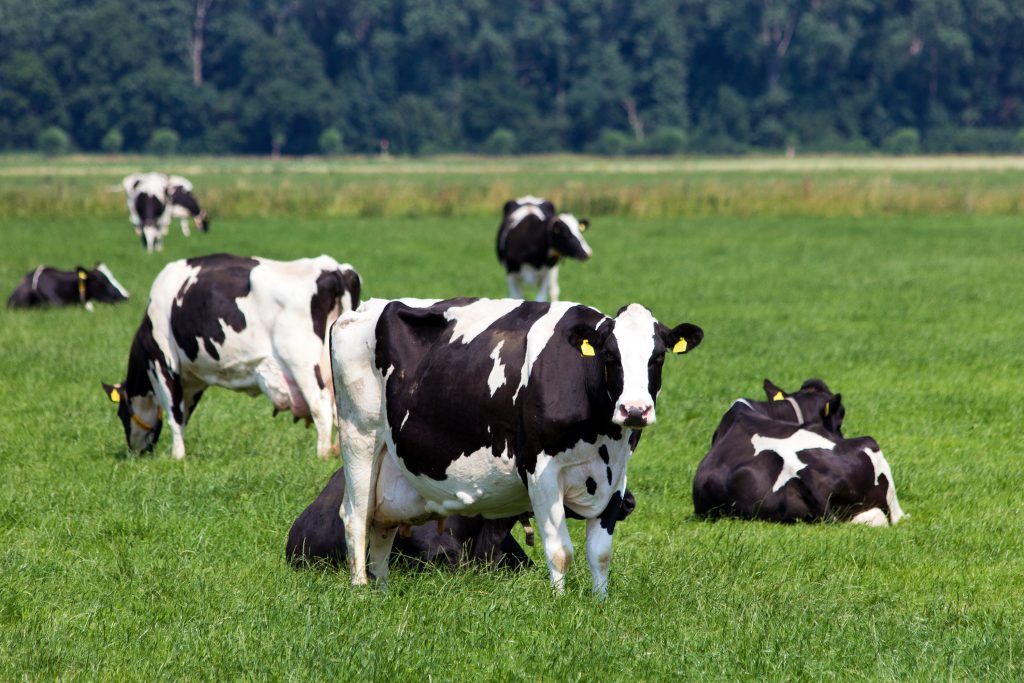Plan ahead for turnout to maximise the opportunities this spring
24th February 2017
Spring turnout is on the horizon, but producers are concerned that the recent cold and wintery weather may be limiting grass growth, which could impact milk yields and milk fat
Spring turnout is on the horizon, but producers are concerned that the recent cold and wintery weather may be limiting grass growth, which could impact milk yields and milk fat percentages.
“At turnout, it’s common to see a drop in milk fat percentage, and this spring there may also be an impact on yield if grass regrowth is not on par with previous years,” says Bethany May, Trident Feeds ruminant nutritionist. “Therefore, it’s important to try and maintain milk fat levels and maximise milk value, particularly if you are on a constituent contract, through the inclusion of a buffer feed with appropriate supplements alongside grazing.”
Miss May suggests that once milk fat percentages have dropped it is too late and the damage to the milk cheque for that month will already be done, but preventable measures can be taken in advance of turnout to maintain or even enhance milk quality.
“So, include Butterfat Extra, a palatable, C16:0 rich protected fat, that when incorporated into rations can show immediate improvements to milk fat percentages, with production responses of up to 0.4% increase in butterfat percentage, and a lift in milk yield by up to one extra litre.”
Miss May adds that inclusion of rumen protected fats may seem a costly way of maintaining butterfat. “However, if you were to calculate return on investment, feeding 400g of Butterfat Extra to a 30 litre cow could increase net profit by up to 22p/cow/day*, potentially more if on a manufacturing contract.
“Based on a 200 cow herd, this would mean an extra profit of £6,600, for the first 150 days of lactation.”
Feeding a buffer ration at turnout will also help support rumen function and milk fat levels. “The high unsaturated oil and low fibre levels in spring grass can upset the rumen pH, increasing the risk of sub-acute rumen acidosis (SARA), as well as directly supressing butterfat synthesis in the udder, therefore its crucial the ration is balanced to avoid this,” says Miss May.
“Including high physically effective fibre sources such as straw, as well as digestible fibre sources such as sugar beet feed in buffer rations, will help maintain a balanced rumen, and also reduce these risks,” she adds.
“Investing in turnout plans and rations now will pay dividends, through increased outputs and decreased risks of metabolic diseases.”
*Prices of fat correct only at time of publication and are subject to change.

